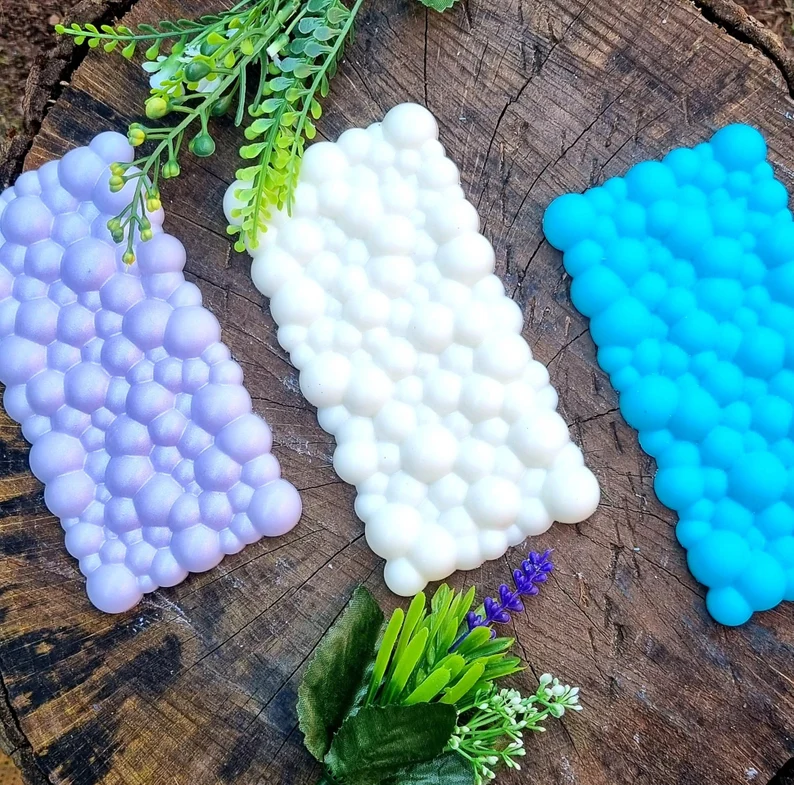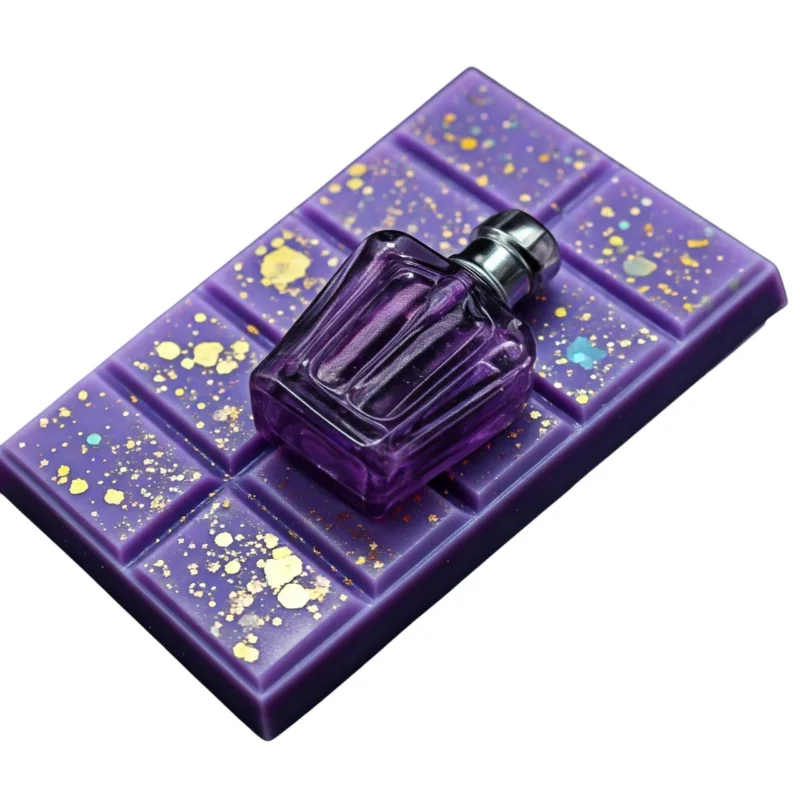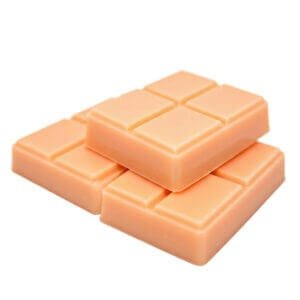3,7-Dimethyl-1,6-nonadien-3-ol (Also known as Tetrahydrogeraniol or Dimethyl Octanol): This is a synthetic fragrance ingredient with a fresh, floral, and slightly citrusy scent. It’s often described as having a rosy or lily-of-the-valley character. It’s used to add a fresh, clean, and floral note to perfumes, soaps, and other scented products.
Cashmeran (1,1,2,3,3-Pentamethylindan): Cashmeran is a synthetic fragrance ingredient with a complex, warm, musky, woody, and slightly powdery scent. It’s often described as having a soft, velvety, and comforting quality. It’s a popular base note in many perfumes, providing a warm and sensual foundation. It also has good fixative properties, meaning it helps other scents last longer.
Iso E Super (Octahydro-2,3,8,8-tetramethyl-2-acetonaphthone): As described previously, Iso E Super is a very common synthetic fragrance ingredient known for its subtle, woody, amber-like, and musky scent. It’s often described as having a velvety or smooth quality. It’s incredibly versatile and is used as a base note in many perfumes, providing a foundation for other scents to build upon. It’s also known for its “lift” and diffusion properties, helping other fragrance notes to project and last longer.
lpha-iso-methyl ionone (Isomethyl-alpha-ionone): This is a synthetic fragrance ingredient with a powdery, floral, and slightly woody scent. It’s reminiscent of violets or irises. It’s used to add a powdery, floral, and slightly sweet note to perfumes and other scented products. It also has good blending properties, helping to harmonize other fragrance notes.
Citronellol (3,7-Dimethyl-6-octen-1-ol): Citronellol is a naturally occurring monoterpenoid found in plants like citronella, rose, and geranium. It has a fresh, floral, rosy, and citrusy scent. It’s used to add a fresh, floral, and rosy note to perfumes, soaps, and other scented products. It’s also a component of citronella oil, which is used as an insect repellent.
Coumarin (1-Benzopyran-2-one): As described previously, Coumarin is a naturally occurring compound found in many plants. It has a sweet, warm, vanilla-like, hay-like, or almond-like scent. It’s widely used in perfumery and flavourings. However, it has been restricted in some applications due to concerns about liver toxicity at high doses. The concentrations used in fragrances are generally considered safe, but regulations exist to limit its use.
Geraniol (3,7-Dimethyl-2,6-octadien-1-ol): Geraniol is a naturally occurring monoterpenoid found in plants like rose, geranium, and palmarosa. It has a sweet, rosy, and floral scent. It’s used to add a strong, rosy, and floral note to perfumes, soaps, and other scented products. It’s also a component of rose oil and other essential oils.
Benzyl salicylate (Phenylmethyl-2-hydroxybenzoate): As described previously, Benzyl salicylate is a naturally occurring ester found in many plants. It has a sweet, floral, slightly balsamic scent. It’s used in perfumery as a fixative (to help other scents last longer) and to add a sweet, floral, and slightly powdery note. It’s also used in some sunscreens for its UV-absorbing properties. While generally considered safe for use in fragrances, it can be a potential allergen for some individuals.
In summary, this list contains a mix of synthetic and natural fragrance ingredients, contributing to various scent profiles, including floral (rose, violet, lily-of-the-valley), woody, musky, citrusy, and sweet notes. It is important to note the potential for allergic reactions to some of these ingredients, such as Coumarin, Citronellol, Geraniol and Benzyl salicylate.









Reviews
There are no reviews yet.